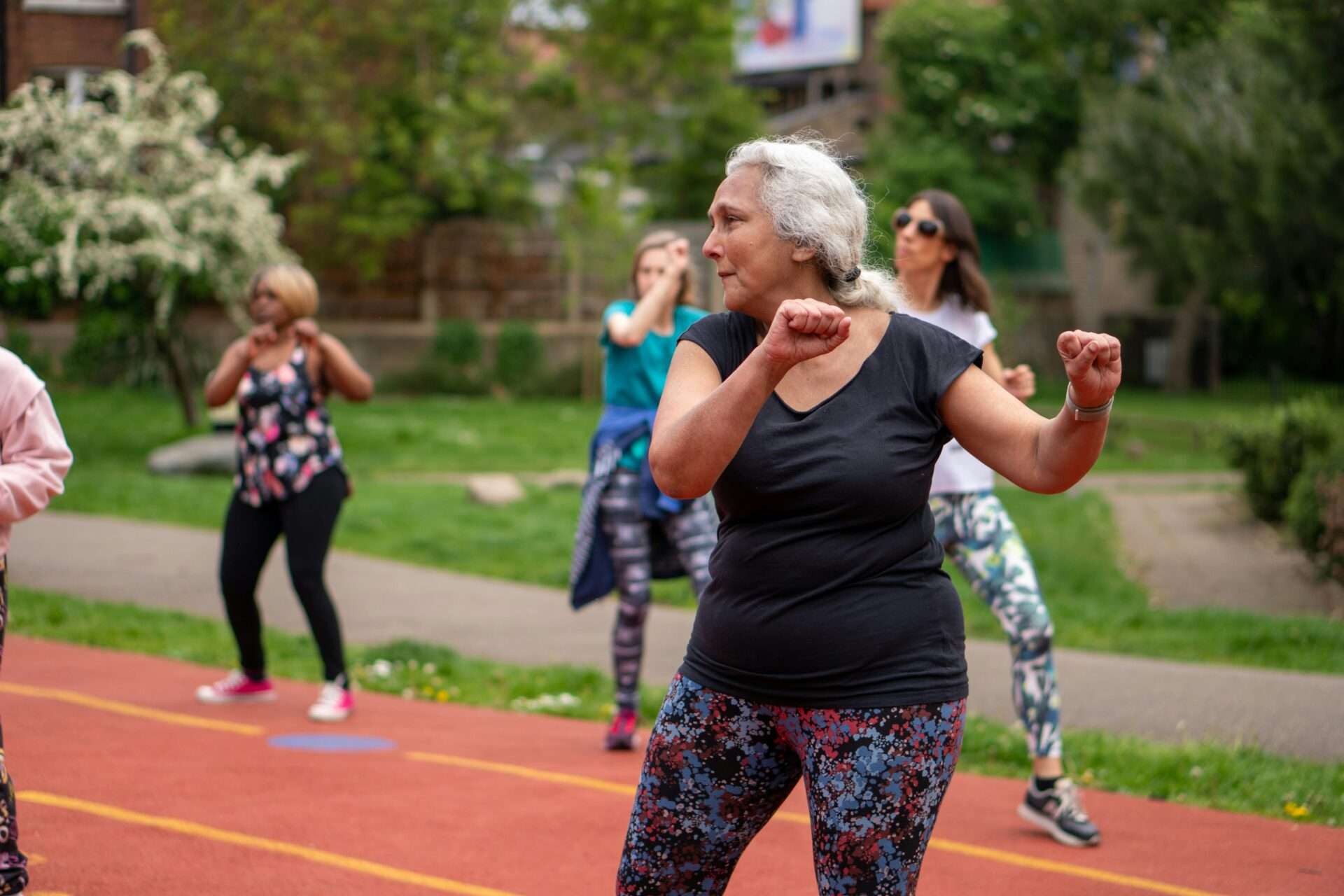Running Through the Golden Years
While aging brings physiological changes, strategic running can help seniors maintain exceptional cardiovascular health, musculoskeletal strength, and cognitive function. Research shows older runners experience 27% fewer mobility limitations than sedentary peers.
Key Benefits for Senior Runners
- Preserves muscle mass (reducing sarcopenia risk by 40%)
- Maintains bone density (1.5-3% annual improvement)
- Boosts cognitive function (23% lower dementia risk)
- Enhances cardiovascular efficiency
Understanding Age-Related Adaptations
Physiological Changes
| System | Age-Related Change | Running Impact |
|---|---|---|
| Musculoskeletal | 1-2% annual muscle loss after 50 | Strength training preserves lean mass |
| Cardiovascular | 5-10 bpm max HR decline per decade | Maintains VO2max better than cycling |
Performance Modifications
Smart adjustments for senior runners:
- Increase warm-up duration (15-20 minutes)
- Incorporate walk-run intervals
- Focus on cadence (170+ steps/min)
- Prioritize recovery (48hrs between hard efforts)
Training Strategies for Senior Runners
Injury Prevention Protocol
- Strength Training: 2x weekly full-body sessions
- Mobility Work: Daily dynamic stretching
- Surface Variation: Rotate pavement, trails, tracks
Sample 12-Week Progression
| Phase | Frequency | Intensity |
|---|---|---|
| Foundation (Weeks 1-4) | 3x week walk/run | 60% max HR |
| Build (Weeks 5-8) | 4x week running | 70% max HR |
| Maintenance (Weeks 9-12) | 3-5x week | 80% max HR intervals |
Nutrition for Aging Runners
Essential Nutrients
- Protein: 1.6-2.0g/kg bodyweight
- Calcium/Vitamin D: 1200mg/800IU daily
- Omega-3s: 2-3g EPA/DHA for joint health
Hydration Guidelines
Age reduces thirst perception – drink:
- 16oz 2hrs pre-run
- 4-6oz every 20min during
- 24oz per pound lost post-run
Safety Considerations
Medical Clearance Checklist
Consult your physician before starting if:
- History of cardiac events
- Unexplained chest pain
- Severe arthritis
Warning Signs to Stop
- Persistent joint pain lasting >48hrs
- Lightheadedness or irregular heartbeat
- Shortness of breath disproportionate to effort
Mental Health Benefits
Cognitive Impacts
Running stimulates:
- BDNF production (brain-derived neurotrophic factor)
- Hippocampal neurogenesis
- Improved executive function
Community Aspects
Senior running groups provide:
- Social connection
- Accountability
- Shared experience
FAQs
How does running compare to walking for seniors?
Running provides 40% greater bone density benefits and 25% better cardiovascular improvements, though walking may be preferable for those with severe arthritis.
What’s the optimal weekly mileage after 60?
15-25 miles/week shows maximum benefit with minimal injury risk when properly progressed.
Should senior runners use supplements?
Vitamin D, collagen peptides, and creatine monohydrate show particular benefit for aging runners.
Conclusion
Running remains one of the most effective longevity tools for older adults when appropriately modified. By respecting physiological changes while maintaining consistent, progressive training, seniors can continue reaping running’s physical and mental benefits well into later life. The finish line isn’t age – it’s maintaining the joy of movement.



